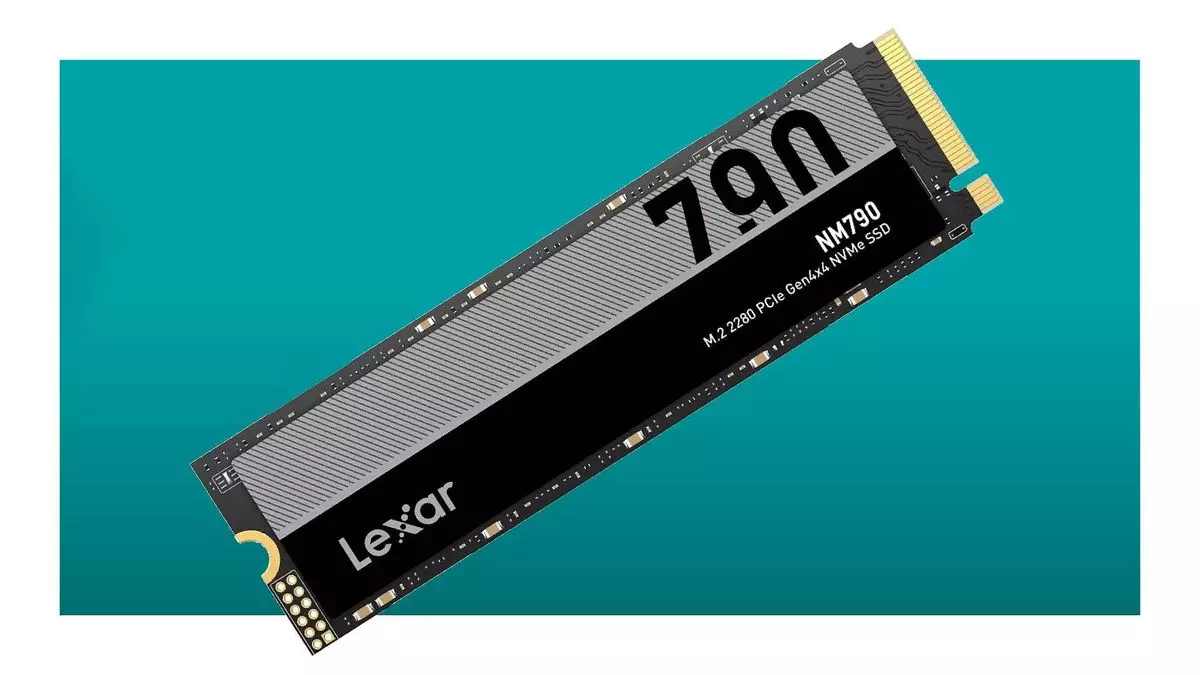As we find ourselves on the precipice of a major leap in gaming technology, the air is thick with anticipation. The introduction of next-generation gaming PC platforms, highlighted by promising new CPUs and GPUs from industry giants AMD and Intel, has gamers buzzing with excitement. Meanwhile, the graphics realm is set to witness the arrival of Nvidia’s much-anticipated Blackwell graphics cards, including the rumored RTX 5080 and 5090, which are already generating considerable buzz. With this tide of innovation, it’s time to evaluate how we prepare our systems to leverage these advancements.
We stand at an intersection where the curtain is about to rise on an entirely new generation of hardware. The AMD Zen 5 CPUs are already causing ripples, and rumors surrounding a potential 9000-series X3D chip, featuring the much-speculated 9800X3D, keep the excitement aflame. On Intel’s front, the Arrow Lake CPUs are whispering promises of improved performance, making them a glaring focal point for buyers. The prospect of upgrading to these formidable new chips is enticing, particularly for dedicated gamers and tech enthusiasts looking to innovate their rigs.
But here’s where many miss the mark; the focus must not only remain on the behemoths of processing and graphics. While the CPU and GPU command the spotlight, there’s a component that can provide meaningful improvement without needing to be from the bleeding edge: the solid-state drive (SSD). Upgrading this crucial part could significantly enhance your gaming experience.
Most discussions surrounding PC upgrades center on processors and graphics cards, and understandably so. Still, overlooking your storage solution can hinder performance, especially when you factor in the increasing file sizes of modern games and the need for fast load times. For gamers on a budget or those trying to maximize the performance of their upcoming builds, the Lexar NM790 SSD stands out as a highly compelling choice. Recently, it’s been priced affordably, with promotional sales making it even more accessible.
It’s crucial to note the distinct advantages the Lexar NM790 brings to the table. Although it may lack the cutting-edge specifications of some high-end models, its PCIe 4.0 speeds of up to 7,400 MB/s read and 6,500 MB/s write remain suitable for extensive gaming. Thus, players can enjoy fast load times and smooth performance without breaking the bank.
One of the common concerns for gamers eyeing SSD options is the presence of cache technology, or the lack thereof. The Lexar NM790 is categorized as a cache-less SSD; however, it’s important to clarify what this entails. Most modern SSDs utilize a slice of their TLC (Triple-Level Cell) memory as a pseudonym SLC (Single-Level Cell) cache, which significantly aids performance during file transfers and overall data access.
In practical terms, this means that for the majority of users, especially within a gaming context where data reads are more frequent than writes, the NM790 delivers performance that adequately meets everyday needs. Users should not be overly concerned about DRAM specifications, as the NM790’s design efficiently balances cost with performance, ensuring that gamers gain value in their storage solution without compromise.
When planning a new build in anticipation of the latest generation of components, the strategic selection of parts will be paramount. Investing in a high-capacity version of the Lexar NM790, be it the 1TB or 2TB model, ensures ample space for games and system applications. While I lean toward the 2TB version for its expansiveness, the 1TB variant serves as a strong foundational option for anyone starting their upgrade journey.
Ultimately, the allure of new CPU and GPU releases might tempt you to go after the latest tech, yet, for solid performance, your focus must also extend down to how storage fits into this puzzle. By considering options like the Lexar NM790, you position yourself to enjoy the maximum benefits that the next generation of gaming has to offer—all while being mindful of your budget. The gaming landscape is evolving, and so should our choices in hardware.

